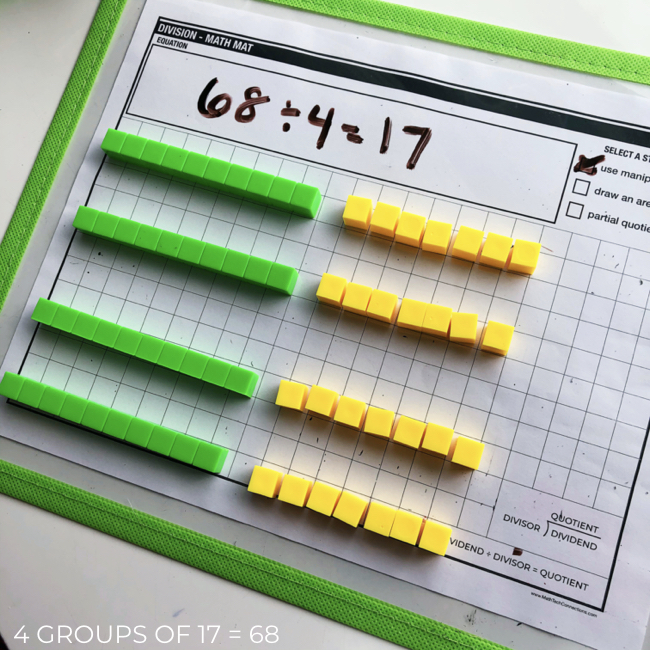

Conceptual understanding of equivalence and addition and subtraction of fractions as well as algebraic principles are developed while students connect symbolic procedures with visual models. In playing this game students attempt to make arithmetic combinations on the specially designed gameboard. The horizontal, vertical, and diagonal placement of the cards onto the gameboard contributes to the development of logical, computational, and spatial thought.įraction bars that pictorially represent various fraction values are used in this computational reasoning game. For each play students try to maximize their scores by placing cards onto the gameboard and comparing them to adjacent cards that are one, two, three, or four-ways different. This multiple classification-logic game uses geometric attribute cards and a grid-type board to help students develop understanding of multi-variable relationships and algebraic principles. By playing this game students practice basic skills in a highly motivational format that also enhances their problem-solving and computational reasoning abilities. A second goal pertains to scoring and connected chip placement. Arranging 5 chips along contiguous horizontal, vertical, or diagonal lines relates to one goal of the game. For each play students form a number sentence based on the roll of 3 regular dice and place chips on a corresponding numbered space. Numerical values are arranged in a particular pattern on the gameboard. The four basic operations (addition, subtraction, multiplication, and division), probability, and algebraic thinking are integrated in this strategy-chance game.


Spatial and logical reasoning skills are enhanced as students try to balance probability and chance, as well as structural relationships. In the process of playing the game students develop a deeper understanding of mathematical relationships involving area, perimeter, and transformational geometry (flips/reflections, turns/rotations, and slides/translations). The roll of two dice determines which pieces are selected from 5 different types of polyominoes, including pentominoes and tetrominoes. In this game players “juggle” polyominoes in order to be the first to complete their 9 x 9 grid-like gameboards.



 0 kommentar(er)
0 kommentar(er)
